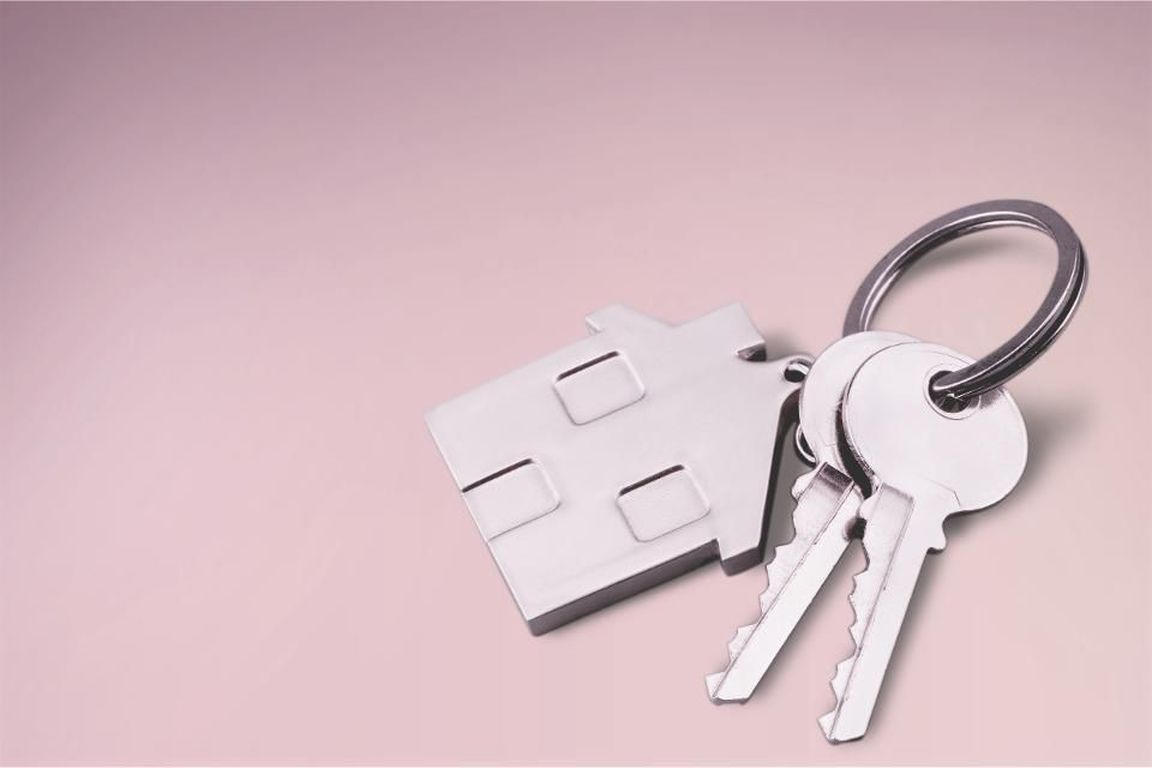Lawmakers push for growth and density with affordable housing plan
When the pandemic arrived, Colorado was dragged into an intense new phase of its housing shortage. You can almost draw it exactly to March 2020 when things started to deviate from the norm. Since then, housing costs have leaped upward at rates not seen in years.
Rent prices have grown 13 percent in the last year in metro Denver, while home prices are up nearly 20 percent for the year, and it’s even worse in mountain counties. For many, the idea of owning a home, or even renting a decent space, has gone from “unlikely” to “impossible.”
In response, state legislators are preparing one of Colorado’s largest housing campaigns ever and are set to spend $400 million of federal pandemic relief money, an unprecedented sum for the state, on a plan to make more housing affordable for more people. The real estate pressure wave has brought the state to the precipice of an economic reckoning as it forces people to cram into insufficient spaces or move farther from work.
In Denver, the typical home now sells in just five days as demand intensifies. Meanwhile, in some mountain and rural counties, the median home price is up more than 50 percent since the pandemic began. About $300 million of the money is slated to help governments and developers build and preserve designated affordable homes, including for people in the “missing middle” income brackets.
The money will largely support subsidized housing projects, which offer below-market prices for people with lower incomes. The package represents roughly five times what Colorado has spent in some recent years, and it shows that state lawmakers are taking a significant new role in affordable housing development. They also plan to create substantial new housing loan funds that will be replenished in the future.
The spending plan represents a significant ramping up of the state’s current housing strategy, including other substantial new sources of funding created by state lawmakers. In all, about 15,000 affordable homes might eventually be built or preserved with help from grants and loans from the federal package, according to state estimates. Private builders and ongoing state spending also will add tens of thousands more market-rate and affordable homes in the years to come.
But the housing taskforce estimated that the state will need 325,000 new homes over the next few years alone to restore the market to its historic balance…and Colorado has struggled to build more than 40,000 homes of any kind in a single year.
Facing that shortage, state lawmakers and Governor Polis are tiptoeing into a more controversial topic: Should the state go beyond “affordable” housing and push local governments to boost the construction of market-rate homes, too?
Rent prices have grown 13 percent in the last year in metro Denver, while home prices are up nearly 20 percent for the year, and it’s even worse in mountain counties. For many, the idea of owning a home, or even renting a decent space, has gone from “unlikely” to “impossible.”
In response, state legislators are preparing one of Colorado’s largest housing campaigns ever and are set to spend $400 million of federal pandemic relief money, an unprecedented sum for the state, on a plan to make more housing affordable for more people. The real estate pressure wave has brought the state to the precipice of an economic reckoning as it forces people to cram into insufficient spaces or move farther from work.
In Denver, the typical home now sells in just five days as demand intensifies. Meanwhile, in some mountain and rural counties, the median home price is up more than 50 percent since the pandemic began. About $300 million of the money is slated to help governments and developers build and preserve designated affordable homes, including for people in the “missing middle” income brackets.
The money will largely support subsidized housing projects, which offer below-market prices for people with lower incomes. The package represents roughly five times what Colorado has spent in some recent years, and it shows that state lawmakers are taking a significant new role in affordable housing development. They also plan to create substantial new housing loan funds that will be replenished in the future.
The spending plan represents a significant ramping up of the state’s current housing strategy, including other substantial new sources of funding created by state lawmakers. In all, about 15,000 affordable homes might eventually be built or preserved with help from grants and loans from the federal package, according to state estimates. Private builders and ongoing state spending also will add tens of thousands more market-rate and affordable homes in the years to come.
But the housing taskforce estimated that the state will need 325,000 new homes over the next few years alone to restore the market to its historic balance…and Colorado has struggled to build more than 40,000 homes of any kind in a single year.
Facing that shortage, state lawmakers and Governor Polis are tiptoeing into a more controversial topic: Should the state go beyond “affordable” housing and push local governments to boost the construction of market-rate homes, too?


 Menu
Menu




